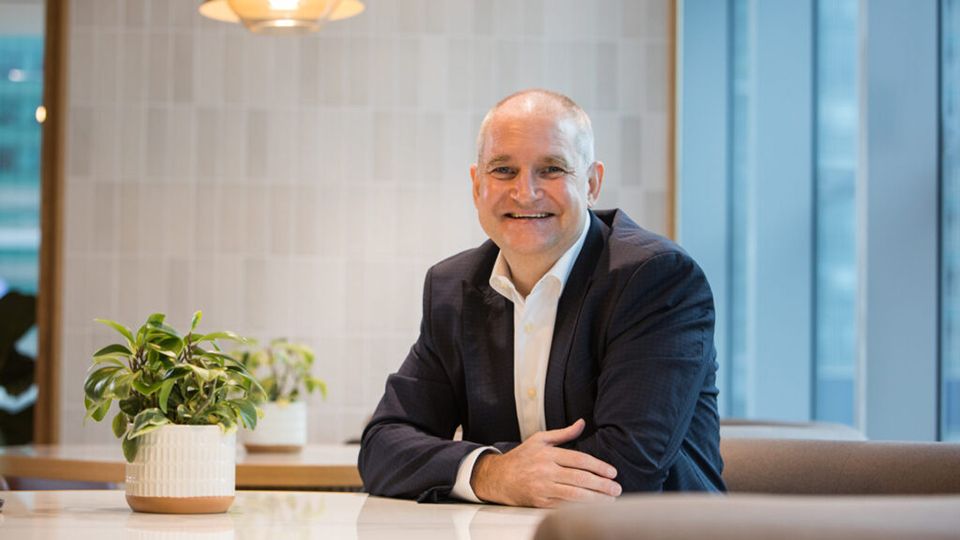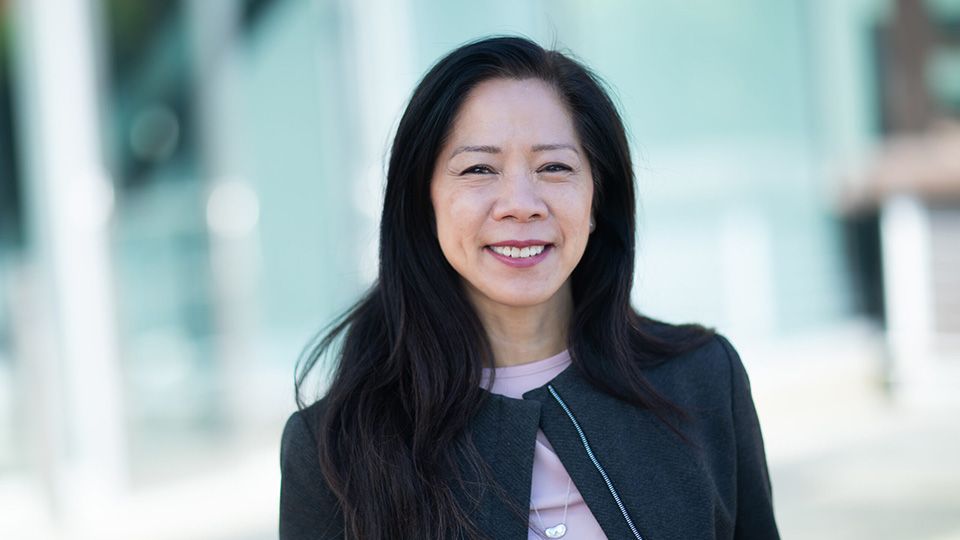While they have traditionally been dwarfed by their compliance market cousins, voluntary carbon markets (VCM) have grown in popularity in recent years as more and more corporates seek to offset their carbon footprint as part of their goals to reach net zero by 2050 or sometimes earlier.
In 2021, Singapore launched Climate Impact X (CIX), a global carbon exchange and marketplace, to tap into this increasing demand and in June this year, it went live on the first day of trading on its new spot trading platform.
Against this background, ESG Clarity Asia sat down with CIX’s chief operating officer, Mark Glossoti, to discuss the progress the exchange operator has made since debuting its spot trading platform, why launching carbon futures are the next step, what needs to be done to turn Singapore into a regional carbon trading hub and much more.
You have made a lot of progress since CIX was launched in 2021 by DBS Bank, Singapore Exchange (SGX), Standard Chartered and Temasek, but could you explain a bit more about the development of the exchange since its launch?
Climate Impact X was set up in 2021. We are essentially the market operator. In our mission of helping scale voluntary carbon markets, we are trying to create efficient platforms for the buyers and suppliers coming to market.
We have essentially set up three distinct platforms to date. We started with our classic marketplace in March 2022. The marketplace would appeal to corporate buyers. These are annual buy-to-retire commitments these companies have made in their net-zero targets.
The second platform we set up was in June 2022, which was our auction capability. What the auction mechanism allows for is price discovery. We will curate a set of buyers to participate in the auction. It’s basically sensing demand, ensuring as they come to market the auction is actually successful.
Finally, what we launched on 6 June this year is our exchange. Our exchange caters to physically delivered carbon credits. This is a classic trading environment. Within that exchange, we also built and listed our benchmark. Our benchmark is quite a big value proposition of what we set out as an exchange.
We are also working with SGX on developing a futures product. Core to actually being able to launch a futures contract is to have an accepted benchmark. Timing for the futures product is dependent on market proofing and other things but we will probably come or be able to through SGX bring carbon futures to the market in the early part of next year. We are very well on that path already.
CIX announced last month that it had cleared seven transactions totalling 12,000 tonnes of carbon credits on the first day of trading on its spot market. What is the latest update since then?
We are incredibly fortunate with how our trading launch has gone. It’s always very hard. We essentially launched a new platform, a new product, a new contract and a benchmark overlay on that all in one day. That’s pretty hard to do just as one big bang.
We did manage to clear 12,000 tonnes on our first trading day. So far we are seeing daily participation, we are seeing good depth in participation on both the bid and the offer side, we’ve seen spreads narrow to within five cents of each other. Obviously that makes transactions a lot easier and quicker to do.
We launched with more than 30 onboarded trading counterparts. We have another 15-20 in our pipeline that we are working on onboarding now. So we continue to grow the depth of our clients within what we can trade so far.
So far we have more than 20 project vintage pairs that have been bid or offered in it including ARR and Blue Carbon as well. So we’ve expanded out from just pure REDD+ projects.
In terms of volumes to date, we actually are ahead of where we thought we’d be. And it’s north of 450,000 tonnes at the moment. We are very positive and very happy with the performance to date.
To what extent do you think Singapore can develop into a regional hub for the trading of carbon credits and how important is the fact that the government will allow companies to use VCM carbon credits to offset up to 5% of their taxable emissions?
I look at Singapore’s capability and what it’s done in the past: successfully building the oil and petrochemicals hub in the early 2000s and from 2010 to 2020, maybe a little bit further, building and creating the iron ore and coke and coal hub. What we’re trying to position for now is a regional carbon trading hub. We’re optimistic about it because of what Singapore has been able to do.
Obviously, we’re optimistic with what CIX has been able to build so far. Just to give you context on our exchange, over half the customers are non-Singaporeans. So, we already have that outreach of international private companies coming here and looking to participate within the voluntary carbon market in Singapore.
We keep talking to the respective arms of the government. We continue speaking to MAS on a very regular basis with respect to regulation and how regulation could play a role in this. And the foundations are here for this to start to grow.
What the government has also allowed now is for companies to buy valid international carbon credits as an offset mechanism instead of paying the carbon tax in dollars. What this means then is through the work the Singaporean government is doing with the bilateral deals they are signing with countries around the world is that they’re curating a supply and identifying which international carbon credits will be applicable to the carbon tax.
How important was the breakthrough at COP26 on the broad principles governing international carbon markets and what more do you think needs to be done to establish the technical details of implementing a global carbon market?
It was amazing what COP26 achieved. It set the foundations in article 6. We’ve got to always remember that we’re playing in the voluntary carbon market. What article 6 governs is how these voluntary credits can move across borders.
All that was achieved in COP26, we see as hugely beneficial and amazing in driving the market forward. The challenge now comes in the details. The challenge comes in the bilateral negotiations. I’m sure you can imagine trying to get 197 countries to negotiate and agree is very challenging. Even on a bilateral basis, these take time.
What we see happening leading into COP28 and what we hope will happen again is greater partnerships between countries and the private sector. We’ve had governments come and speak to us at COP, which we’ve followed up on with other discussions about how can we help them understand the voluntary market. It’s a great step forward but there’s a long way to go.
In looking at addressing some of these challenges we see, I would probably just point out two recent movements that have happened, which are the ICVCM and the SBTi. So with SBTi and the role ICVCM plays, I’m finally starting to see a convergence in an unregulated voluntary market coming on some core standard baselines.
The VCM still has a reputation to some degree of being the wild west of carbon markets. What steps can market participants take to guard against greenwashing and ensure that the integrity of the VCM is secured?
Greenwashing is an important risk to consider. It’s always going to be out there. Greenwashing in context of the VCM throws up questions such as when does a company decide or declare what its targets are? And then what does it try to publish it has done to meet those targets?
The ICVCM and these types of bodies issue codes of practice. We’ve issued a responsible use guidance paper on carbon credits. And we hope the more publicity that comes out of these, then they become more accepted in a more broader climate context.
So, we’re trying to work with what we can influence and how we can help in drawing distinctions on what is reportable, what is measurable and what is sustainable until we have greater regulation.
A lot of the regulators are working on it. We see it with SGX. We see it with the MAS asking for greater reporting requirements of companies’ commitments and how they’re achieving this. From the regulatory side, we hope with greater guidance coming through, we will be able to avoid some of these problems associated with greenwashing.









